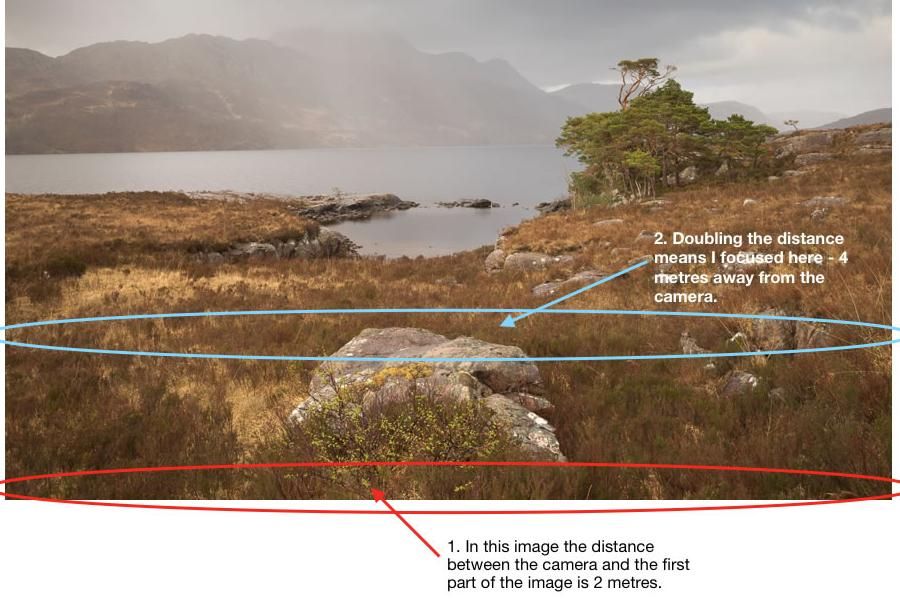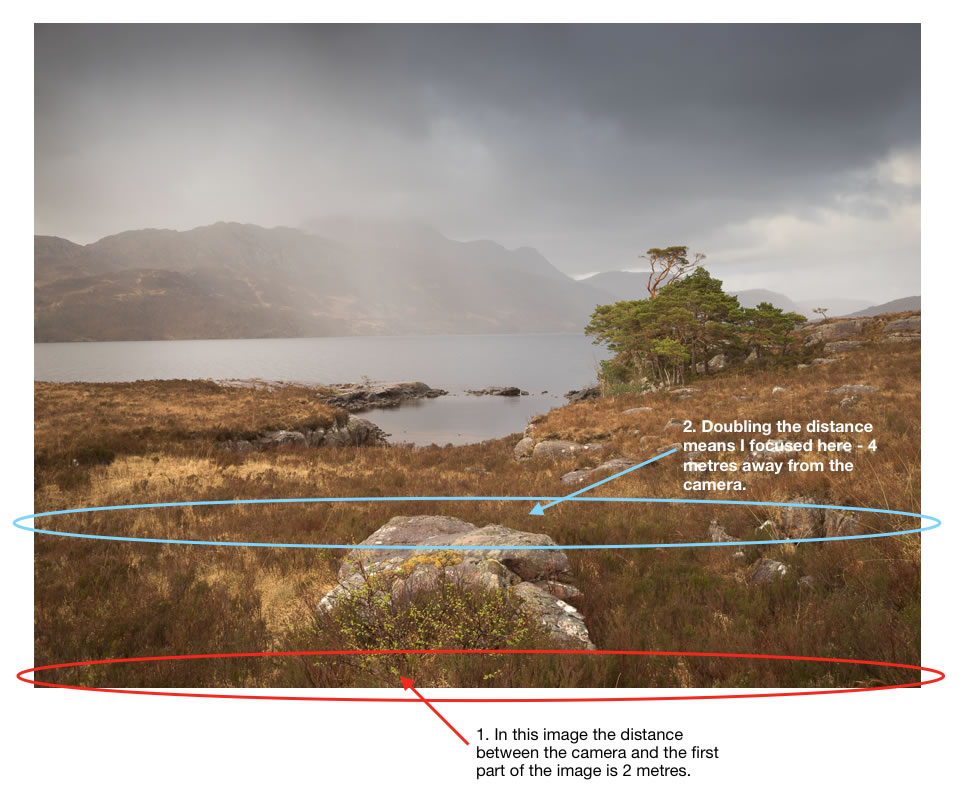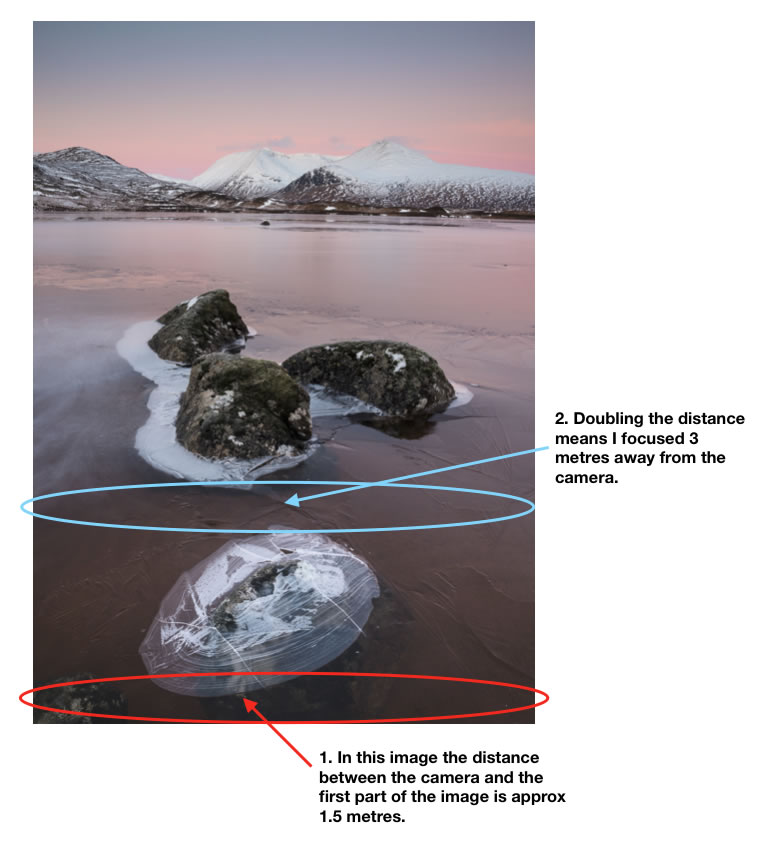
Where to Focus?
One of the most common questions I get asked when running my landscape photography workshops is about focusing - or more specifically, "where do I focus to get everything nice and sharp from front to back"? So this is obviously a big problem for a lot of landscape photographers - and one which isn't being answered by studying hyperfocal distance alone. I guess this shouldn't come as a big surprise, because hyperfocal distance is rather complicated to master and from experience, I find it just doesn't work as I expect it to when I use the method myself.
I do have an answer though!
I'm quite a technical person (I went to electronics college after leaving school and I've been associated with the electronics industry for many years), but as anyone who has been on one of my workshops will testify, I like to keep things simple, so here's a much quicker and easier method of calculating the point at where you should focus within the image.
I call it 'Double the Distance', and I'm going to explain this method using the images below.
When I took this first image the distance between the first part of the scene and the camera was around 2 metres (The area pointed out by the red oval and arrow). I then simply doubled that distance and focussed around 4 metres away (the area just past the foreground rock as pointed out by the blue oval and arrow) - simple!! This works over 90% of the time the first time but after checking front to back sharpness on the back of your screen if you find it's not quite sharp a small tweak of the focus ring will sort out any remaining issue for your 2nd and subsequent images.

Here is a portrait orientated image - the same rule applies...

It's worth remembering that in some cases the law of physics just won't allow for perfect front-to-back sharpness, so other methods may be necessary (tilt-focusing or focus stacking for example). However, for most landscape images this method is by far the quickest and easiest system for getting front-to-back sharpness, which can be very helpful when time is against you.